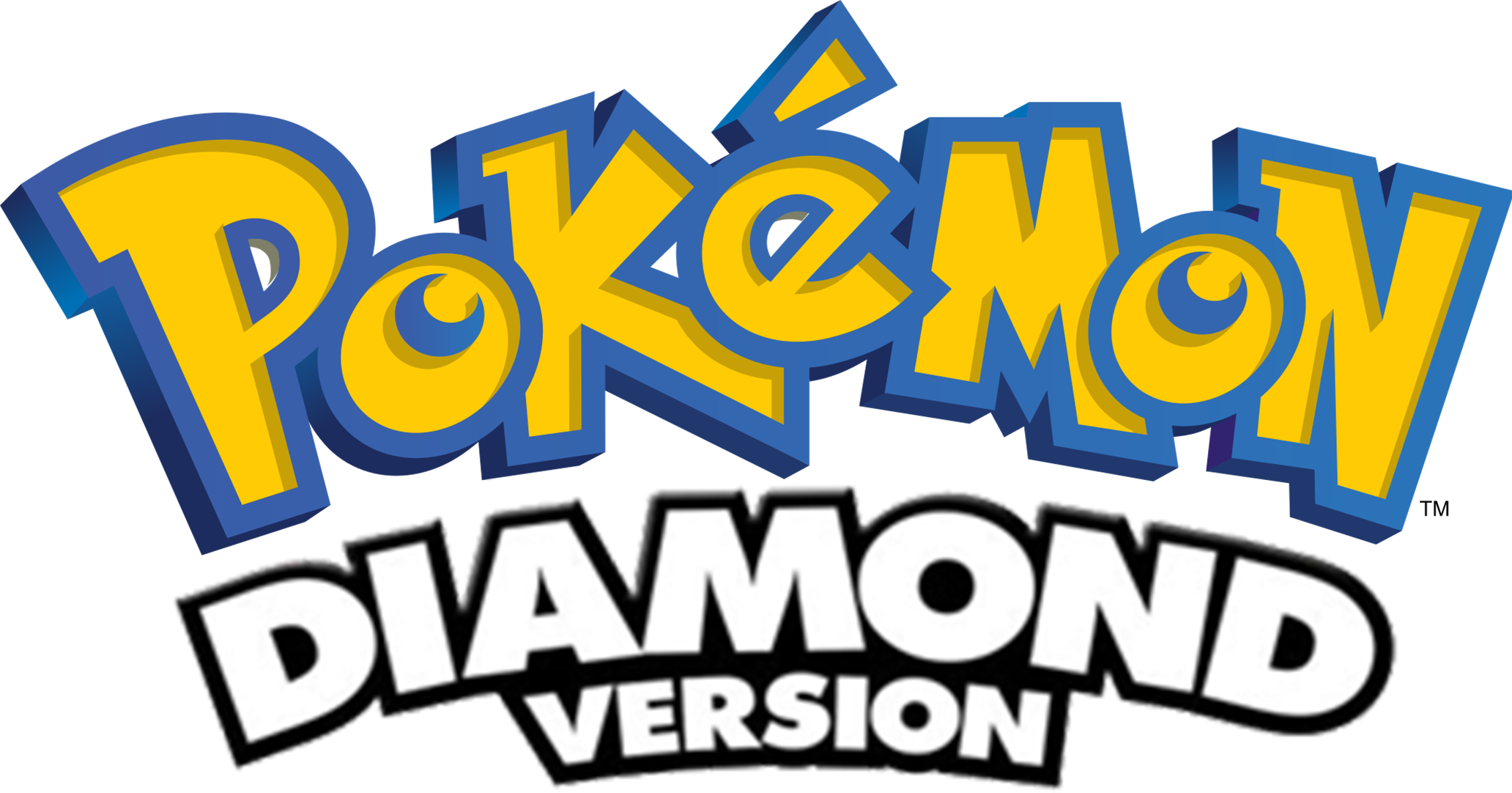

A genuine North American copy of Pokémon HeartGold should always have the code NTR-IPKE-USA at the bottom of the sticker.ĭoes the sticker look legitimate? Great! Now, look at the back of the cartridge. USA for North America, EUR for Europe/Australia, and JPN for Japan.


Nintendo has never produced any Pokémon title on the Game Boy or Game Boy Color in a gray shell. If you see a North American or European Pokémon game in a gray cartridge, run away. This deceit occurs most with Pokémon games, despite being some of the best-selling games on the console, which means that there is no shortage of physical game cartridges. I ended up not doing my due diligence when purchasing a second-hand copy of Pokémon Platinum and ended up with a bootleg copy. However, this, unfortunately, means that a lot of people want to take advantage of that popularity and demand by creating and selling reproduction cartridges, unbeknownst to buyers. From the popular Kanto region in Pokémon Red, Blue, and Yellow, to the initially misunderstood but now revered Black and White, as well as their sequels, Black 2 and White 2 - Pokémon games are always in demand. Some people will argue that the Pokémon games released during this era are some of the best games ever released. The following table is a complete list of Pokemon card sets, sorted by date… the newest sets are at the top… the oldest are at the bottom.With many Pokémon games being remade, such as Pokémon Brilliant Diamond and Shining Pearl for the Nintendo Switch, a lot of people, including me, are looking back to previous eras of Pokémon games. There are a bunch of these set symbols… 5-6 sets are released every year, each with a different set symbol, and they’ve been printing cards since 1999! To identify the set, look for a little symbol at the bottom of the card, next to the card number. The most common way to organize Pokemon cards is by set.


 0 kommentar(er)
0 kommentar(er)
